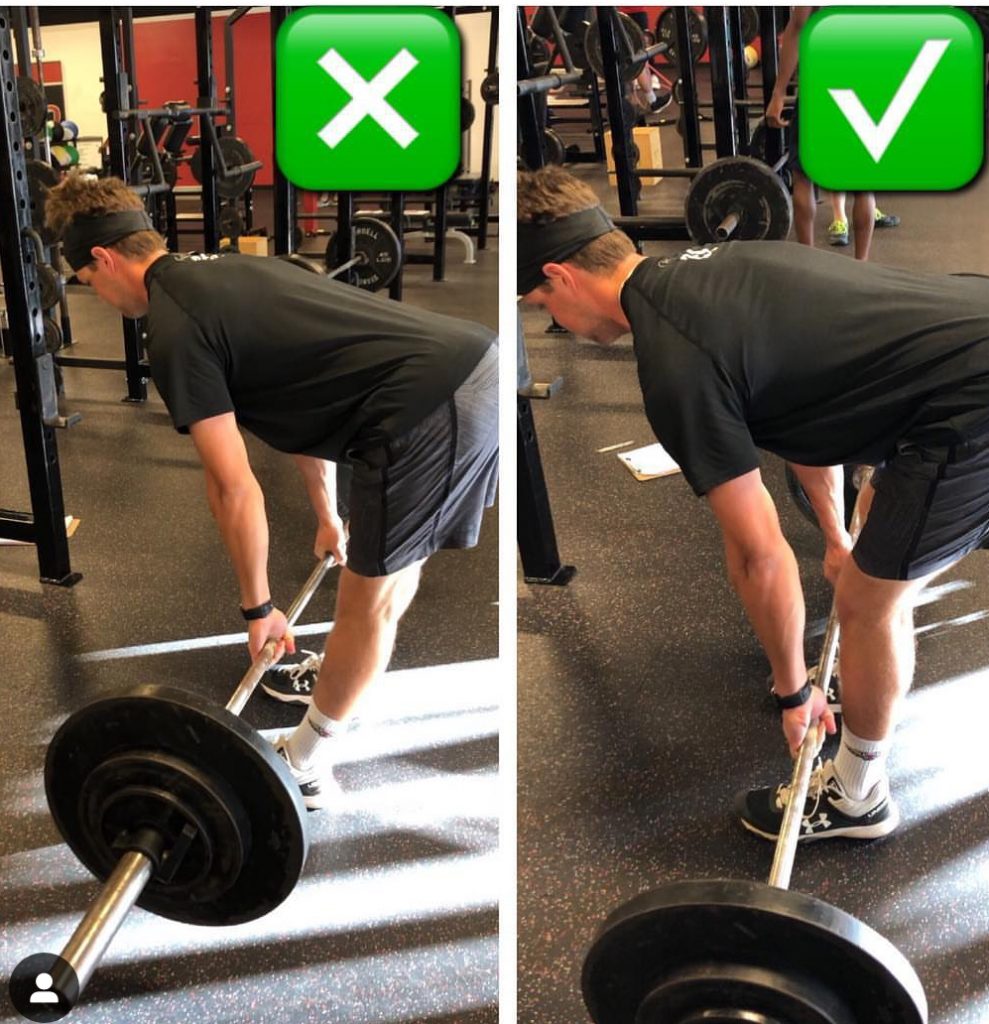Sedentary lifestyle greatly contributes to appearance of lumbar lordosis. Jobs requiring sitting most of the working hours, in the long run, prevent the quality of the body functioning as a whole, and some problems begin to appear during the lifetime. All jobs requiring eight hours of sitting, without conscious and organized intervention and prevention, may be the mechanism of formation of lumbar lordosis and the cause of painful lumbar syndrome (LBS).
In a sitting position as a consequence of long-term seating, or static muscle contractions of the spinal column an excessive fatigue appears and the person sitting is unconsciously looking for a “more favorable” position in which muscles are relaxed. What you should do on a daily basis is to strengthen the muscles that surround our trunk, or make a muscular corset.

People who experience lumbar pain syndrome will notice the first symptoms such as stiffness of the lower back, especially emphasized on one side of the more extensive pain or muscle tension, backside pain, difficult long-term movement, while sitting pins through the buttocks or one leg. Knowing what are the symptoms that should not be ignored, a person should take responsibility and initiative in prevention and treatment of the initial stage of disease. Although back pain is most often the result of muscle imbalance, it should be noted that the reason may be something else, so it is advised that in the case of a stronger pain that does not stop, visit a doctor.
Prevention of lumbar spine injuries
To prevent injuries of the lumbar part of the back or at least reduce the consequences of such injuries, it is necessary to minimize the burden to the lumbar spine, strengthen the muscles of the lumbar region or create a muscular corset. People are significantly different in development of muscle of the lumbar vartebrae, but also by the value of the maximum load that can be raised. People with poorly developed or disproportionately developed muscles usually suffer from lower back pain, such as a weak abdominal wall.
“Your back hurts because it’s weak”
In heavy-load training, the abdominal wall muscles deserve special attention, especially if the trainees are beginners, women or adolescents. The first reason for this is the fact that these muscles stabilize the trunk and take part in walking as well as in many other movements. Second, well-developed abdominal wall muscles help to maintain the proper function of the internal abdominal organs. Finally, the strength of this muscle group is the best protection against the onset of abdominal hernia, the protrusion of the internal organs or parts of the organs through abdominal wall. Hernia may occur if the intra-abdominal pressure that occurs when the load is raised increases. If the spine extensions are strong and abdominal muscles are relatively weak with high intra-abdominal pressure – the hernia appears.

If a client gets hernia while exercising, it is usually considered a failure of the trainer since training the abdominal muscles has been put into the second plan. The most effective exercises for strengthening the right abdominal muscle is to lift legs while the upper part of the body hangs motionless, then the weakest pressure is on the interfering discs. Exercisers with pain in the lower back while exercising should perform the exercise with bent legs, because in this position the load on the spine is less, and the muscle effect of the abdominal wall is higher.
Bending of the truck should be excluded from the training because those have their drawbacks. 30-45 degrees of truck bending depend of the abdominal muscles, and final 45 degrees from the hip hinge, hip hinges are done through the short bow, which can cause their adaptive shortening and, accordingly, hyperlordose, which is often seen in fitness, especially in female population. People who have more intense lower back pain and are unable to perform leg lift to strengthen the abdominal wall can perform isometric exercises for strengthening the abdomen. In addition to the muscles of the abdominal wall, it is necessary to strengthen the short and deep back muscles of the spinal column, the exercises that are performed as the forward bend from the extension of the hip while back is in the neutral position, such exercise can be performed at the famous Roman bench owned by almost every fitness center or exercise which extensively strengthens and engages the entire kinetic chain is certainly the Romanian Deadlift. There are many exercises that are very effective if performed with expert supervision and correct technique.
Mr.sci Saudin Mulabdić PHM specialist, e-mail: [email protected]

